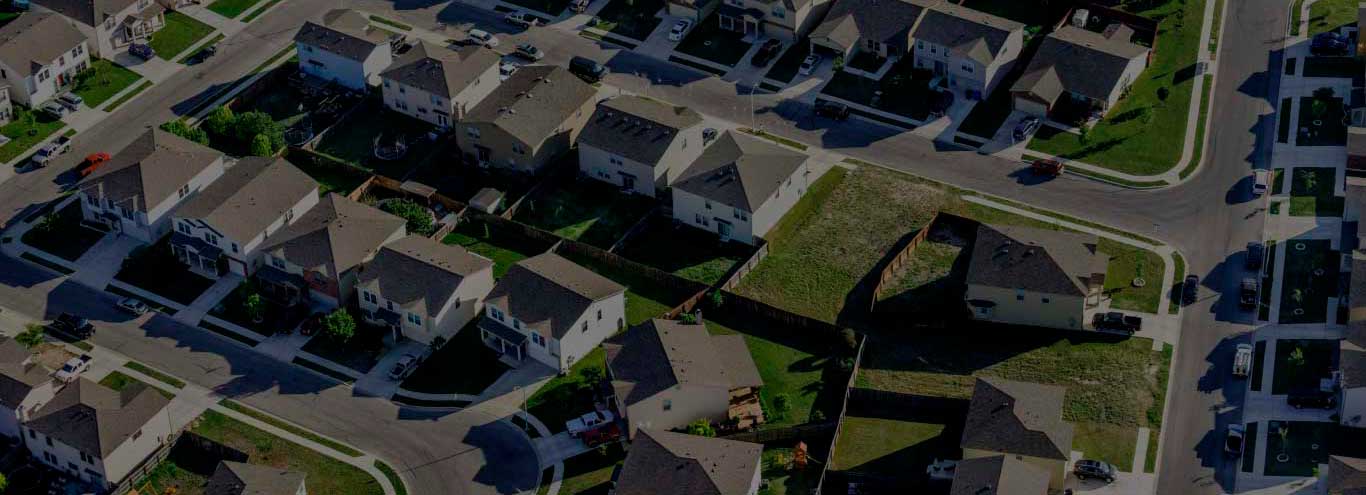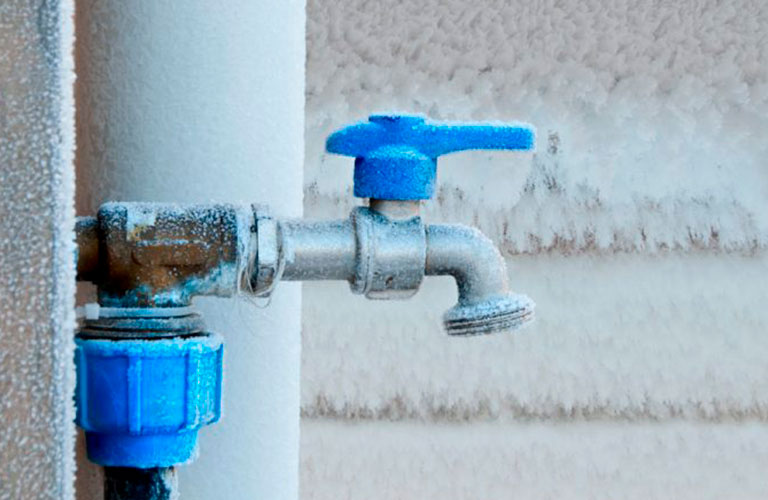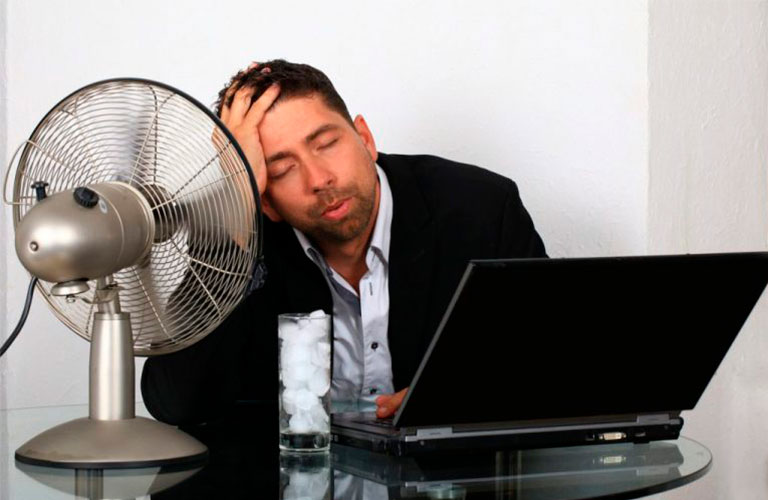It’s a New Year, but unfortunately, that doesn’t mean that it’s a new season. Winter is in full swing. And if you own or rent a home, that means there are all sorts of winter issues that might come up: a snowy driveway, cold air sneaking in through old windows and – perhaps most costly – frozen pipes.
Here’s how it works: pipes are filled with water. In the winter, as temperatures drop, the water within those pipes can freeze. When water freezes, it expands, which puts pressure on the piping and can, in extreme cases, cause them to explode and send that water flooding into your house, leaving you and your family with water damage and a huge mess to clean up.
Not exactly how you want to spend your winter months.
Frozen and burst pipes can be a HUGE a costly mistake. So how do you protect yourself from falling victim to this winter homeowner’s headache?
Freezing Prevention: 4 Things You Should Do To Prevent Pipes From Freezing (And One Thing You Shouldn’t)
The easiest – and most affordable – way to deal with frozen or burst pipes is to prevent them in the first place.
Unless you’re some sort of magician, you can’t stop the sudden drop in temperature that happens every winter. You may not be able to control the sudden drops in temperature that winter months bring, but you can take steps to stack the deck in your favor and protect your pipes from freezing and inconveniently flooding your living room.
Here are 4 things you should do to prevent your pipes from freezing (and one thing you shouldn’t):
Disconnect Outside Water Lines
Your garden hose is great for watering your plants or hooking up the sprinkler for some Slip N Slide fun in the summer, but when winter rolls around, it’s an accident waiting to happen. Leaving your garden hose or outside water sources connected during the winter can cause problems indoors. The pressure created from the frozen water inside the hose can wreak havoc on your internal plumbing system and cause pipes to burst.
Disconnect, drain and put away your hoses before the temperature drops to freezing levels, and close any inside valves connected to your outdoor faucets or spigots.
Insulate At-Risk Pipes
The pipes are most likely to freeze are the ones that are in unheated areas. Places like attics, home exteriors, basements, garages, crawl spaces and areas underneath cabinets in bathrooms or kitchens are common culprits for frozen pipes.
Walk around your home, identify at-risk pipes and install the proper insulation to prevent the pipes from freezing. While you can take the necessary steps to protect your pipes, it’s impossible to guarantee the insulation will protect them from freezing. Instead of taking a chance on installing the insulation yourself – and putting your pipes at greater risk – you may way to consult with a professional to manage the insulation process.
Depending on where you live, the type of insulation you’ll need will vary; places with more mild winters can probably get away with simple foam insulation, while more extreme temperatures call for more sophisticated insulation, like heat tape.
Keep in mind that different types of tape offer varying levels of protection and may not work properly if installed incorrectly. If you’re unsure of what materials would be the best fit for your pipes or how to insulate your pipes properly, be sure to consult with a plumbing professional.**
Run The Water When It’s Cold Outside
When temperatures outside start to drop, turn on your faucets. Running water helps prevent pipes from freezing.
Turn on all the faucets that are served by the exposed pipes. Run the water cold, and let it run at a trickle. Even a bit of movement within the pipes will drastically reduce the chance of freezing during extreme temperatures.
Let The Warm Air In
When the temperature drops outside, try to circulate as much warm air as possible around your at risk pipes. If you have exposed pipes in a garage, leave the garage door closed to protect them from the cold. If you’re dealing with pipes in the attic, leave the door open to circulate some of the warm air from downstairs. If you have a number of pipes underneath sinks in your bathroom or kitchen, leave the cabinet doors open.
DON’T Use Antifreeze
One thing you shouldn’t do when you’re trying to prevent frozen pipes is use antifreeze. Antifreeze is a no-no for the environment and can have adverse health effects. And even though some companies recommend using less toxic versions of antifreeze in the winter, the adverse effects on the environment and the health of you and your family due to mishandling of the chemical are too high of a risk.
If you’re concerned about frozen pipes, call US Legacy. We offer home inspections to help identify which of your pipes is at risk for freezing and insulation installation to protect them all winter long (call for $50 off your inspection and insulation installation!).




